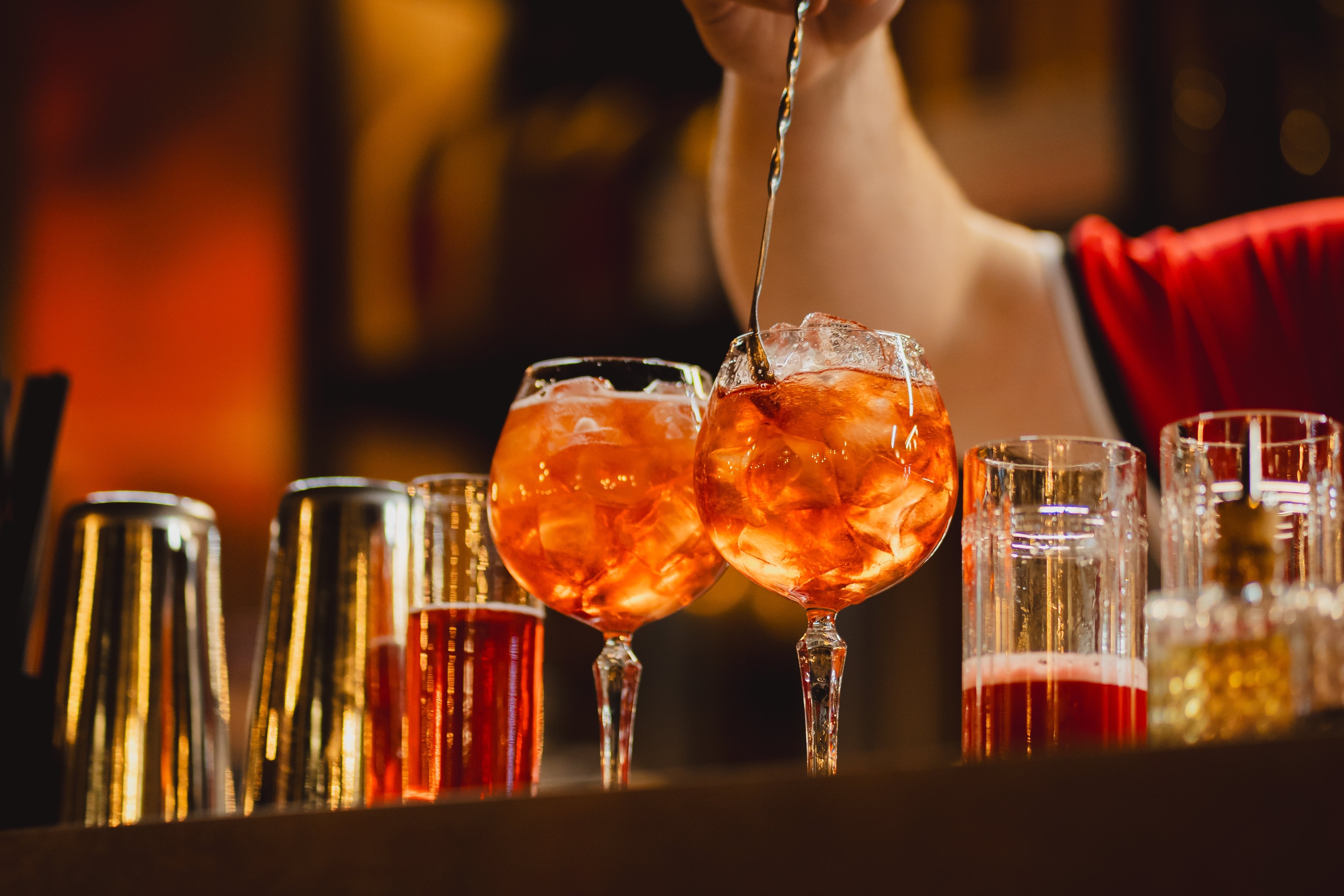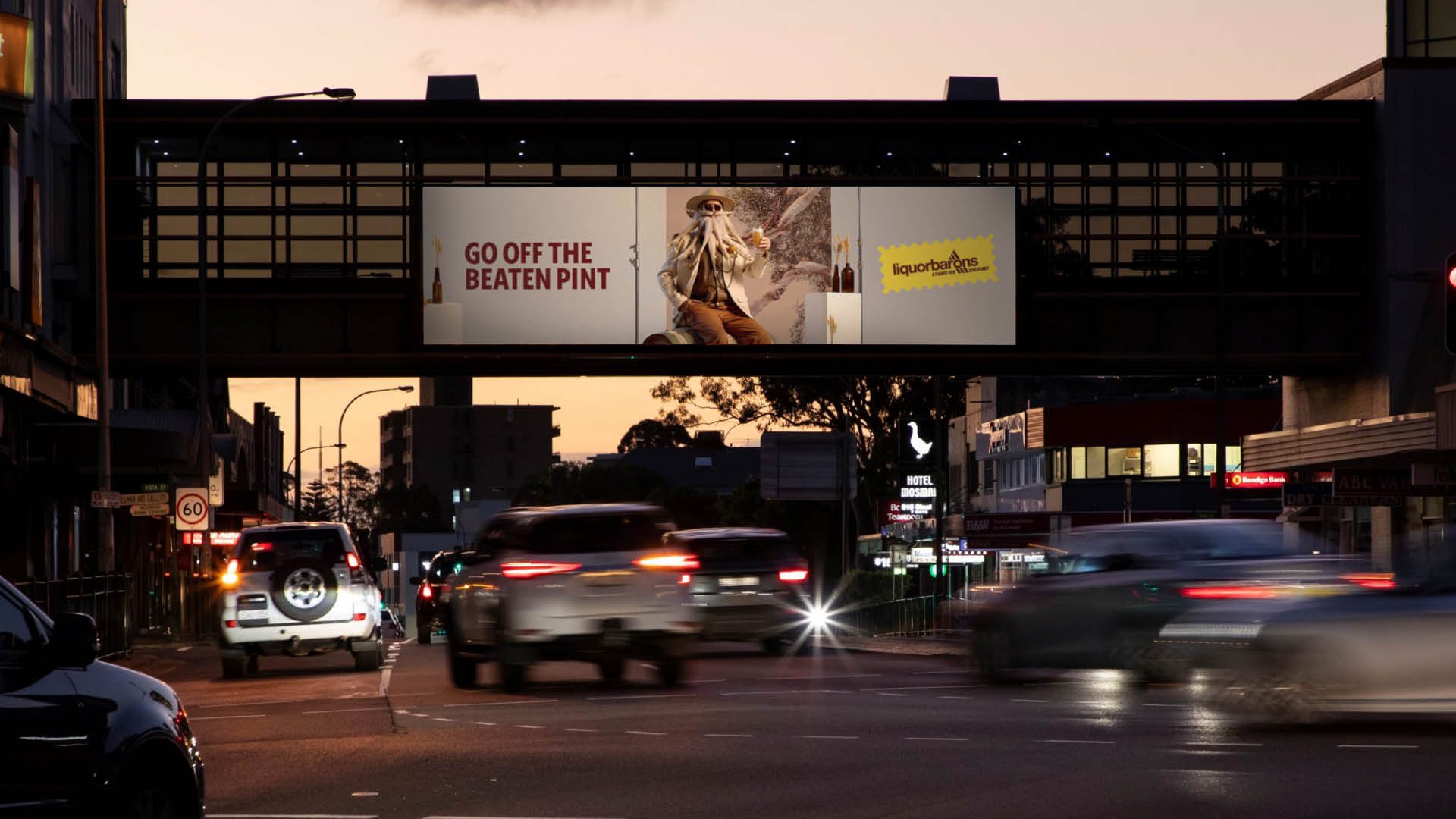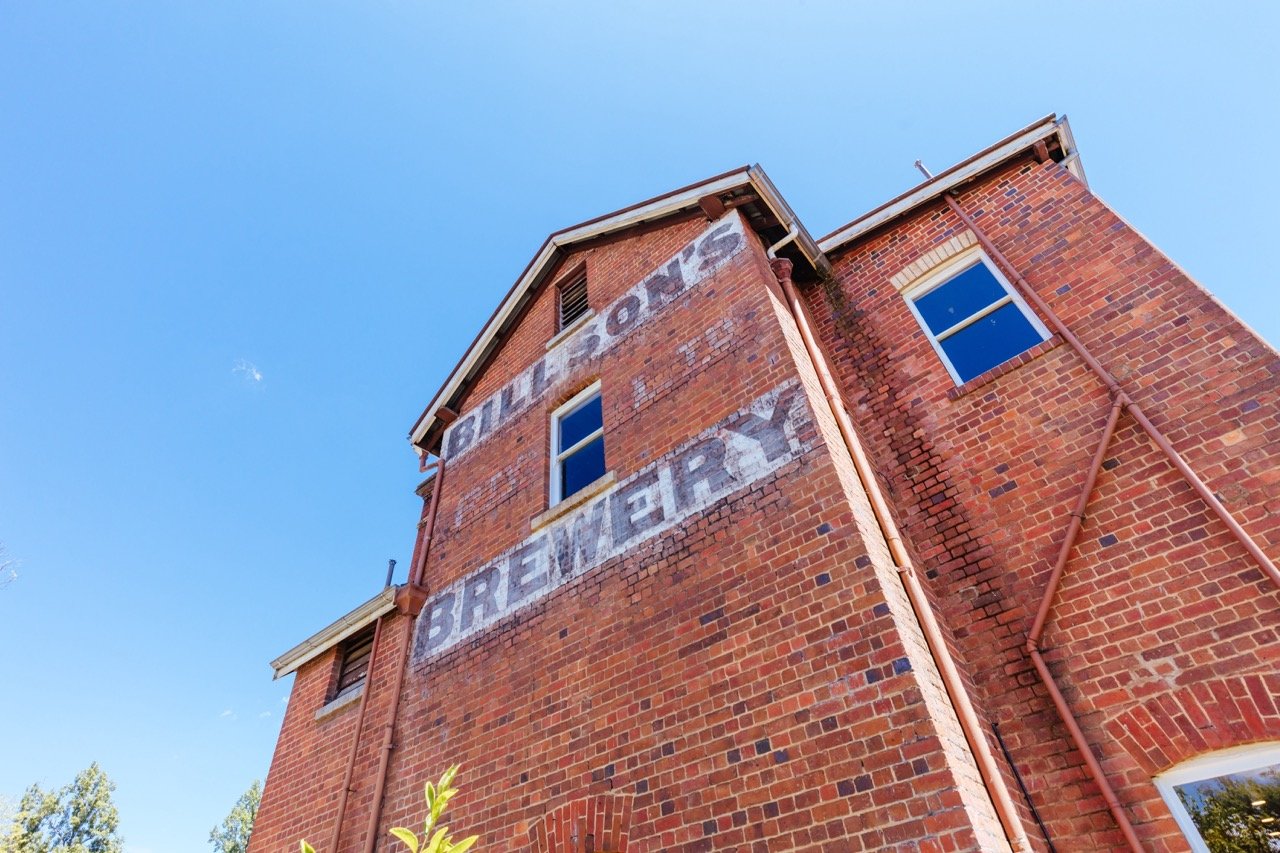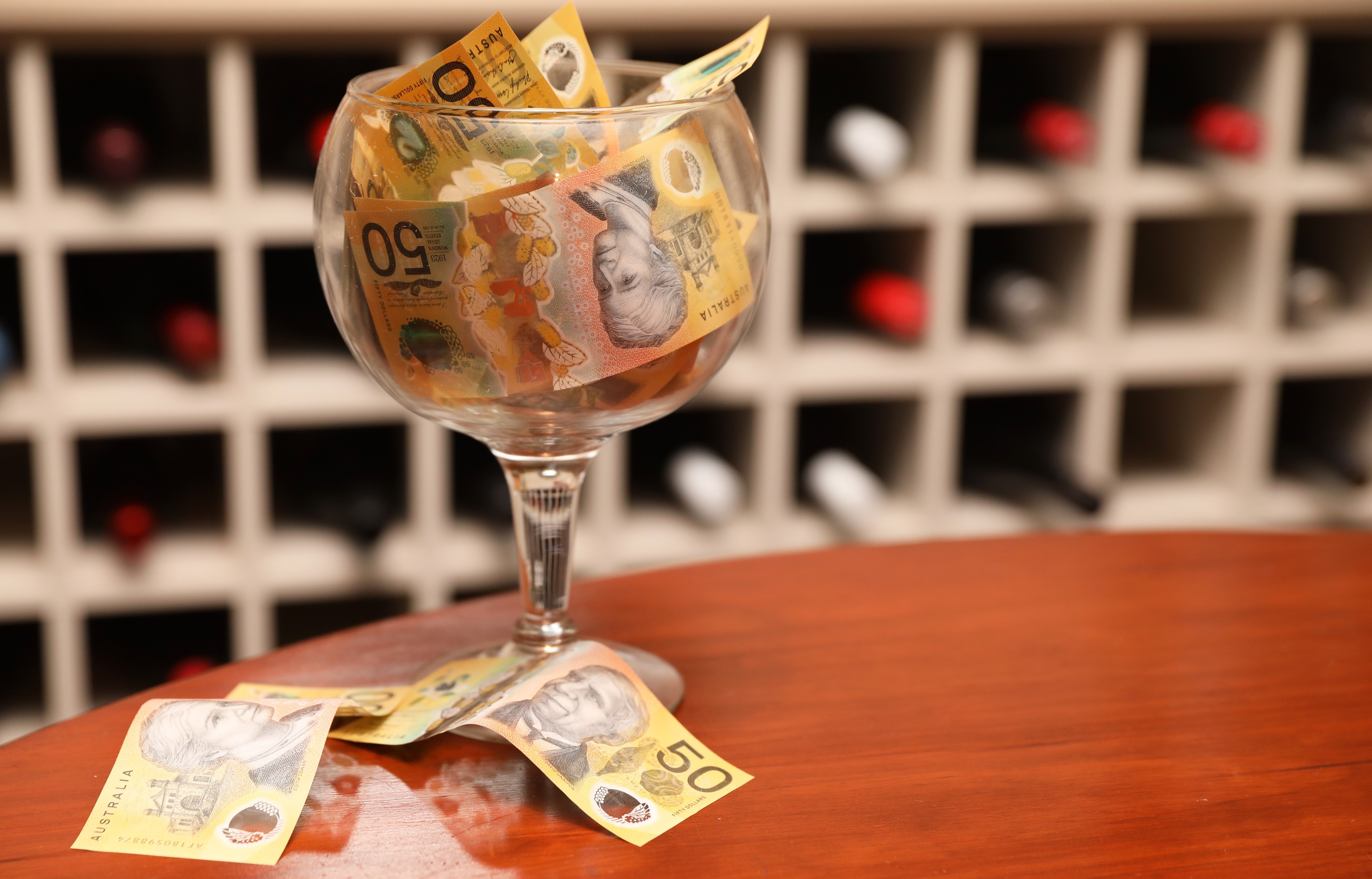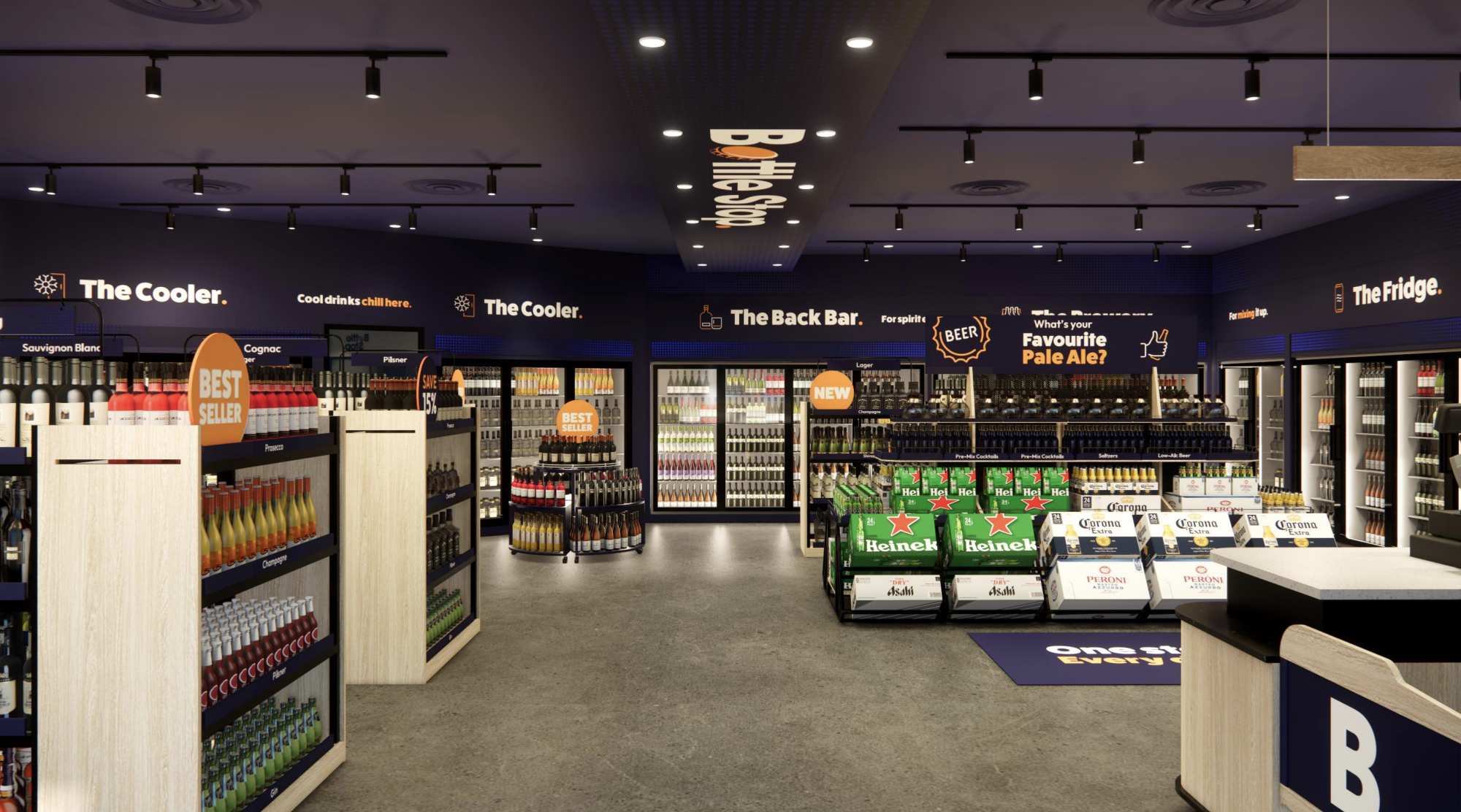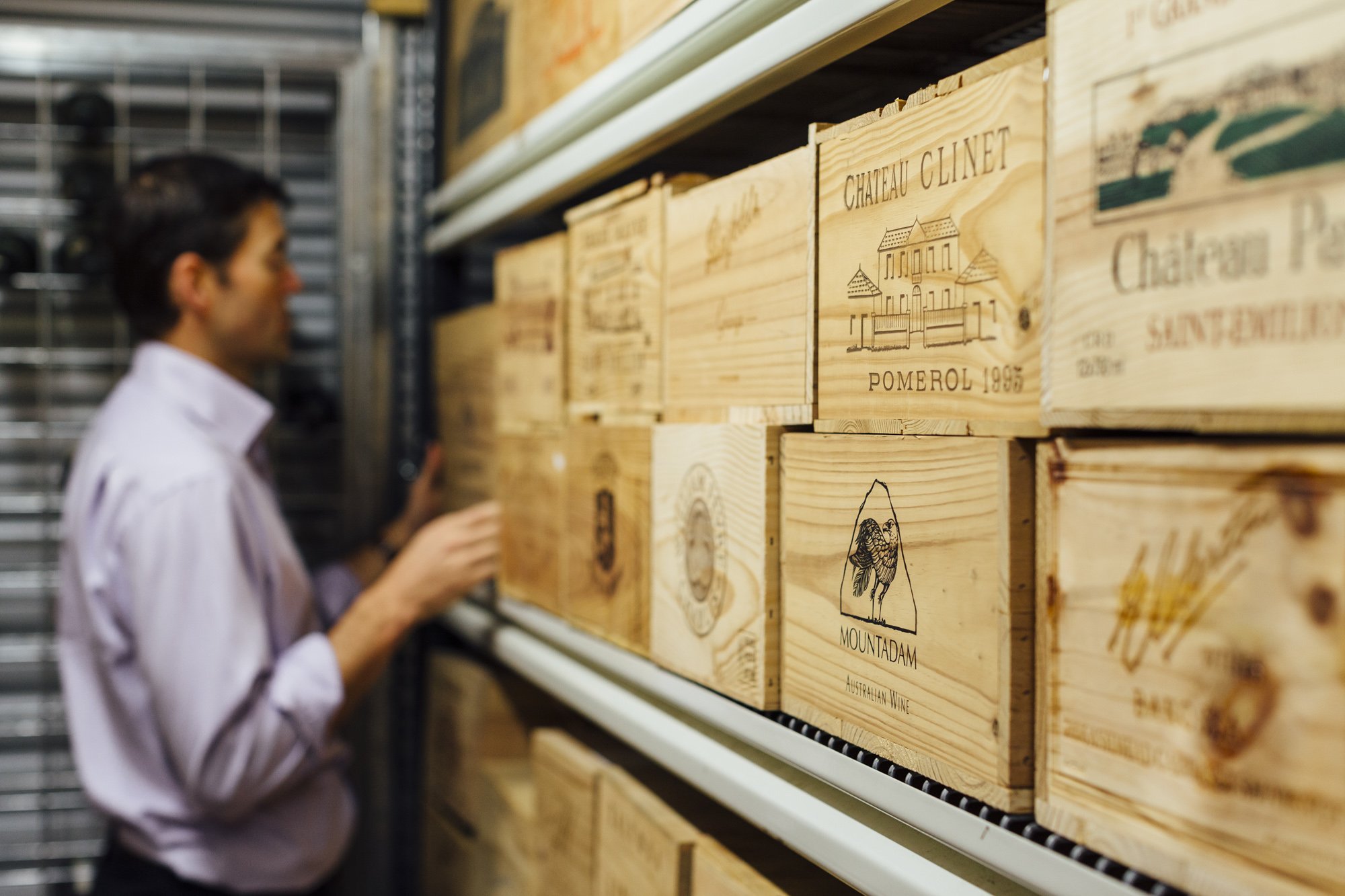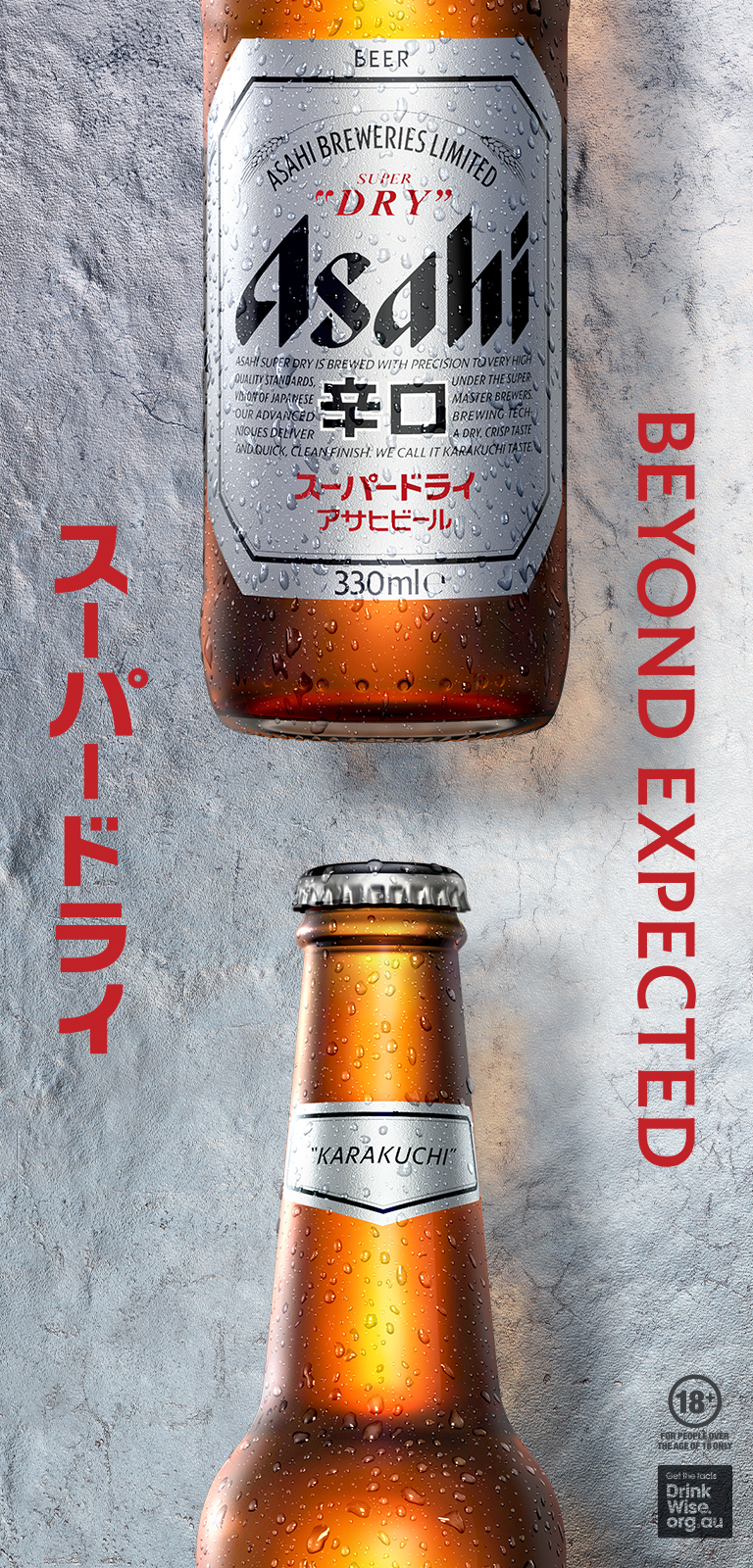By all accounts, Spritz RTDs are set to become one of the biggest trends in Australia’s drinks industry this summer. Over recent months alone, producers as diverse as TWE, Brown Brothers, Scarborough, and Casella Family Brands have all launched new spritz RTD products into the market, varying in flavour, package format, and ABV content. On top of this, Vanguard Luxury Brands is now offering venues two kegged spritzes, while companies such as Tanica have entered into the market with new aperitif alternatives to Aperol, a brand now synonymous with Spritz.
In fact, despite the history of the Spritz arguably dating back to the 1800s, the history of the version as it is known today can be traced back to 1920, just one year after Aperol was officially launched to market. Fast forward 104 years, and the Aperol Spritz cocktail is currently ranked eighth on the Drinks International Bestselling classic cocktails at the world's best bars 2024 list.
“Aperol Spritzes are simply amazing to be a hot product for such a long time,” said Rod Micallef, Director at Zonzo Estate. Zonzo Estate was recently named Small Supplier of the Year, and its Zoncello Limoncello Spritz the Production Innovation of the Year, at the Endeavour Group Supplier of the Year Awards 2024.
“They keep investing in marketing, they keep driving their brand strongly, they keep placing themselves in the best events and putting themselves where their market is and where their demographic is, and I think it's just really lovely to see that a brand can hold and stay on top for that long.”
Adriane McDermott, Founder of Tanica, added that Aperol “is the original. In terms of volume/in terms of bar call/in terms of paving the way for the spritz cocktail segment to succeed, yes: thanks to Aperol! [But] my insight is that not everyone loves the bitey bitterness of a European-style aperitif, nor should the Italian spritz culture be the only spritz culture in the world.”
So what actually is a spritz? Traditionally, a spritz is a wine-based cocktail made using sparkling wine, a bittersweet liqueur, and soda water. However, the Spritz RTD category has broadened greatly and is now being used to describe the new swathe of sparkling wine and liqueur blends. Adriane McDermott describes three main spritz subcategories.
“My point of view is that the spritz category is made up of three distinct types of offers, and that a well-conceived spritz menu for venues will make them more money when the sun is shining,” she said.
I think the three different types of spritzes we see nowadays on menu are what I would call the house wine, and the house wine of the category is Aperol. It's the bar call, it's the original… The second kind of trend in spritzes is trend, and I think we see that a lot with Limoncello, Yuzucellos… [these are] definitely the trend, and that citrus profile for taste we know is very much today's taste. [But] I see Tanica sitting in a third category, which is what I would call kind of signature spritz.”
Given the need for a sparkling wine base, it’s no surprise that many of the major Australian spritz RTD producers are wine producers first and foremost.
“We're trying to establish a new market for ourselves because we're finding it very hard to succeed in the red and white market, so that's how we sort of started,” explained Rod Micallef.
“The ratio [at Zonzo Estate] is definitely [now] skewed towards spritz products - they're where we've seen the most growth - but they've obviously influenced the other products… I think we're nearly 300% growth on the other products since the spritz has taken off. Obviously, the brand recognition is helping there.”
One of the unique factors underpinning the modern spritz category is its capacity to appeal to both RTD and wine consumers. This idea is further encouraged by the RTD versions typically being bottled in 750ml product formats.
Initially, Rod Micallef said “I didn't know where we were going to sit as a category. Endeavour put us into the wine category, and I know there's been a lot of conversations, even internally there, [about] do we belong in RTD as well because obviously it is ready to drink?
“We do want to influence our wine business through the spritz products, so I'm happy to be in the wine category - but we've had so much demand for the Zoncello and the Bellina to be in a can that we've just recently launched that.”
When asked whether having Zonzo Estate Spritzes in both 750ml bottles and 200ml canned formats was something of an experiment as to whether the category is best positioned to cater to regular wine or RTD consumers, Micallef said “it's funny that you ask that because I didn't want to do it; I didn't want to put them into cans. It's not a market I'm really heavily invested in or interested in.
“My concern was: are we going to basically create a product that sort of devours the other?... The feedback's been that no, you know, I can't take the bottle to a party, for example.
“The other main one that we've had - and I see this a lot now, this is actually making a difference - is that people just want one drink. They don't want to open a whole bottle and have to deal with four other drinks.”
When asked about the most common occasions for Zonzo Estate’s spritzes, Micallef said “any sort of party, barbecue, gathering, because although it's a wine skew, it's still a ready-to-drink, so it just makes party really easy in the scheme of things. Like if you're all at a party and you've got the host sneaking away to make a bellini and everyone likes them, the host wouldn't get off the bar. Whereas these drinks are just easy.”
Many of these target occasions are traditionally associated with summer.
“My point of view is that the spritz category is ripe for exploding this summer,” said Adriane McDermott.
“We can see it in the new product development. We can see it in the menu development in the on-trade. We can see it in consumer behaviour. And it's no wonder, because spritzes hit a lot of key trends, namely moderation, daytime cocktails, local provenance, a love of flavour.”
Additionally, spritzes are also achieving notable uptake in hospitality use across both bottled and kegged formats.
Rod Micallef said, “I think coming out of lockdown times and with hospitality having turned over a lot of staff, training's difficult at the moment. It's probably still a few years away from getting back on top of dedicated hospitality staff [that are] well-trained, so these products are servicing those industries really well because there's very little training involved.”
Now a million-bottle brand, Zonzo Estate is recognised as one of the spritz RTD products that helped to kickstart the spritz and limoncello spritz innovation trend, of which has since been credited by Endeavour Group as helping to put the wine category back on track. Interestingly, Rod Micallef said that Zonzo Estate’s long-term goal is to use spritzes as a way to achieve its long-term goal of being a recognised wine brand.
“We're eight vintages old and the red and white wine categories are very difficult,” he said.
“A lot of these wineries that are recognised, they've got the provenance and they've been there for 50 years/100 years, and we didn't have that. So I think when we were trying to sell the still wines/the red and whites, we were finding it very difficult because to get an established wine drinker to change their favourite wine to our wine.
“What we decided was basically that we needed to attract a new generation of wine drinkers… We said, okay, Spritz products will hopefully engage a new age wine drinker, bring them into the wine category, and then hopefully as their palate develops and their drinking habits change and they're looking for their Chardonnay, or Pinot, or Rosé, that they trust our brand enough to maybe stick with us and give us a go.
“Maybe in a decade from now when everyone, when those groups that we achieved at a young age want to flip over to something else, we'll see if that flows through… So that will be a long-term play. Where it goes from here, I think for us, is that we need to keep being at the forefront of innovation.”
//
Previously featured in Drinks Trade’s Explained series: French brandy regions, Oktoberfest Limoncello,Mead, Rakia, Zinfandel
Share the content
